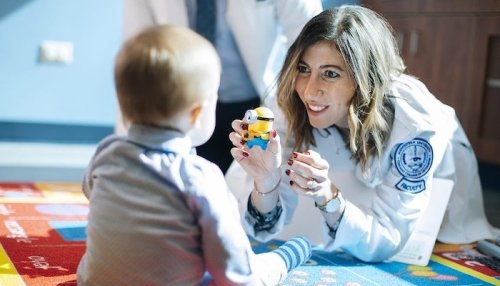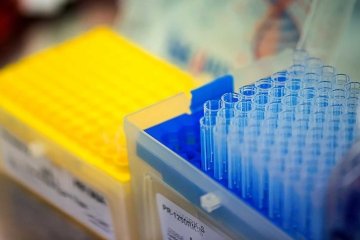The Importance of Infant and Toddler Eye Exams
Vision plays a huge role in learning so plan eye exams for your young children.

While back-to-school eye exams are likely on your summer to-do list, did you know that infants and toddlers should have their eyes checked too?
According to the American Optometric Association, children should have their first eye exam between the ages of 6 and 12 months, again between the ages of 3 and 5 years old, and then annually once they are in school. During these exams, your optometrist can determine if your child needs glasses, whether the eyes are developing properly, and if there are any other issues that could prevent your child from learning and growing appropriately.
Vision plays a significant role in learning – not just in the classroom, but in the first few years of life, as well. The regions of the brain that process vision are still developing in a child’s first few years. Problems such as eye turns (improper alignment of the eyes), high refractive error (such as nearsightedness), and ocular abnormalities can prevent proper development of these parts of the brain and your child’s visual skills, which can cause problems later in life. Early detection and intervention, however, can make a huge difference in a child’s visual development.
While you’re planning eye exams for yourself or an older child this summer, make sure to schedule one for your young children. And don’t worry, there’s no need for your child to know letters or be able to answer, “Which is clearer – 1 or 2?”. Pediatric eye exams utilize lights, pictures, toys, and specialized exam techniques to thoroughly evaluate young children’s eyes while also having fun.
Samantha Rice, O.D., F.A.A.O., Chicago College of Optometry, Eye Institute.
Source: American Optometric Association



